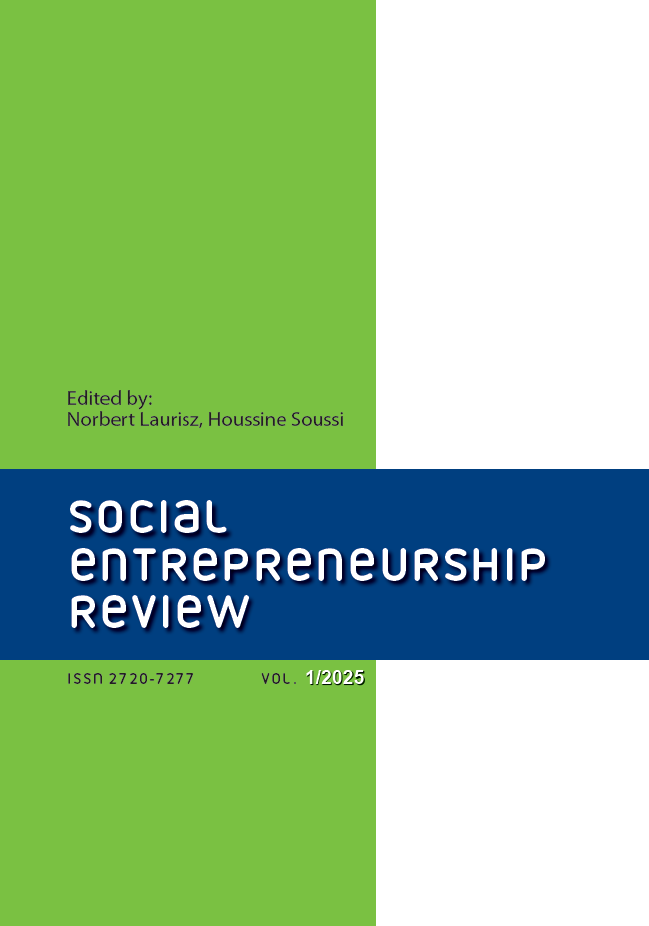Transformational Change: Challenges and Development Prospects. The Case of Ukraine
DOI:
https://doi.org/10.15678/SER.2022.1.01Keywords:
transformation, political and social-economic development, correlation analysisAbstract
Background: The basic system transformation approaches can be described by definition of the main and decisive factors of transformational change.
Research objectives: The aim of the study is to estimate how the GDP in Ukraine depends on the degree of economic, political, social transformation, as well as the overall indicators (market and democratic) reforms.
Research design and methods: The source of information is the World Bank database, Heritage Foundation, and national statistics. The research methods include descriptive analysis, economic and statistical methods, and correlation analysis.
Results: The study results identify factors which positively impacts the formation of new and renewed institutions and contribute to a more balanced political, social and economic growth.
Conclusions: Development vector designation allows formulating a state development strategy by estimating the factors that might lead to a more sustainable strategy of political and social-economic development.
Downloads
References
Boakye S. (2007). Theory of Social Transformation, Political Transition and Economic Growth http://ssrn.com/abstract=1076568
Fadda, S. (2019). Structural Change, Employment, and Institutions. Economia & Lavoro. No. 2.: 7-25.
Global Risks (2014). World Forum. www.weforum.org
Habermas J. (1991). The Structural Transformation of the Public Sphere. An Inquiry into a Category of Bourgeois Society. The MIT Press.
Herrendorf B., Rogerson R., Valentinyi A. (2013). Growth and Structural Transformation. NBER Working Paper Series. Working Paper 18996. April. http://www.nber.org/papers/w18996
Hodgson G.M. (1995). The Evolution of Evolutionary Economics. Scientific Journal of Political Economy. Vol. 42. No.4. November.
Hodgson G.M. (2006). Institutions, Recessions and Recovery in Transitional Economies. Revista de Economia Institucional. December. htpps://www.researchgate.net/publication/228289774
Merkel W., Kollmorgen R., Wagener H-J. (eds) (2019), The Handbook of Political, Social, and Economic Transformation, Oxford University Press.
North D. C. (1990). Institutions, institutional change and economic performance, Cambridge : Cambridge University Press.
Nosova O. (2020a). Perspectives System Transformation and Development Issues. Actual Problems of International Relations. Collection of Scientific Works. Issue 143. Kyiv National Taras Shevchenko University. Institute of International Relations.
Nosova O. (2020b) Transformation Shifts in Economy: Basic Approaches. London Journal of Business, Economics and Humanities. No-1. http://www.londonic.uk/j/
Polanyi K. (2001). The Great Transformation: The Political and Economic Origins of our Time. Boston, MA: Beacon Press.
Ostrom E. (1990). Governing the commons: the evolution of institutions for collective action, Cambridge: Cambridge University Press.
Shuanping D. (2015). Networks of Institutions. Institutional Emergence, Social Structure and National System of Policies. Routledge.
Thomas H., Hendrick-Wong Y. (2019). Inclusive Growth. The Global Challenges of Social Inequality and Financial Inclusion. Emerald Publishing.
Tylecote A .(2015).Institutions matter: but which institutions? And how and why do they change? Journal of Institutional Economics. Available on CJO 2015 doi:10.1017/S1744137415000478
Van Zon H., Batako A., Kreslavska A. (1998). Social Economic Change in Eastern Ukraine. The Example of Zaporizhzhya. Aldershot: Ashgate.
Wegerich K. (2001). Institutional change: a theoretical approach. Occasional Paper. 30, May. https://www.soas.ac.uk/water/publications/papers/file38373.pdf.






